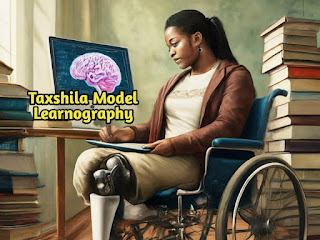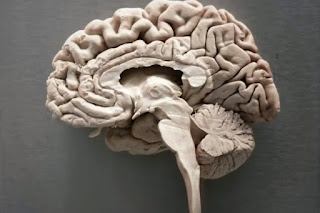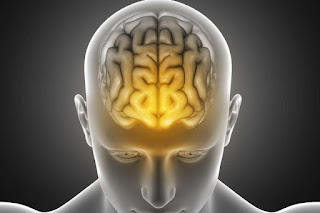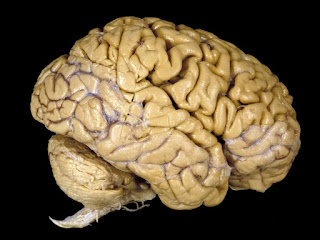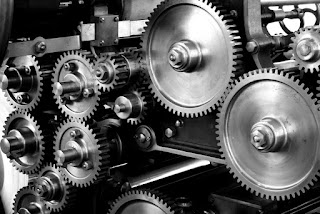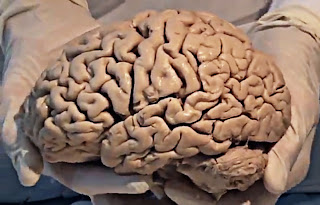Promise of Learnography: From Passive Learning to Active Knowledge Transfer
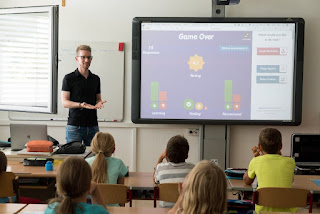
Traditional educational models often emphasize passive learning , where students are primarily the recipients of information. However, the evolving field of learnography proposes a significant shift towards active knowledge transfer , a process that empowers learners to actively engage in their academic journeys. Educational Reform: Promise of Learnography This comprehensive exploration delves into the shift from traditional passive learning methods to the dynamic and engaging process of active knowledge transfer, emphasizing hands-on participation and deeper cognitive engagement. The brainpage writing of Taxshila Model delves into the promise of learnography, exploring how it transforms passive absorption into dynamic participation and profound understanding. Understanding Learnography Learnography is rooted in the science of how the brain processes, retains and recalls information. This is the working mechanism of human brain , reflecting in knowledge transfer. Learnography goes bey

